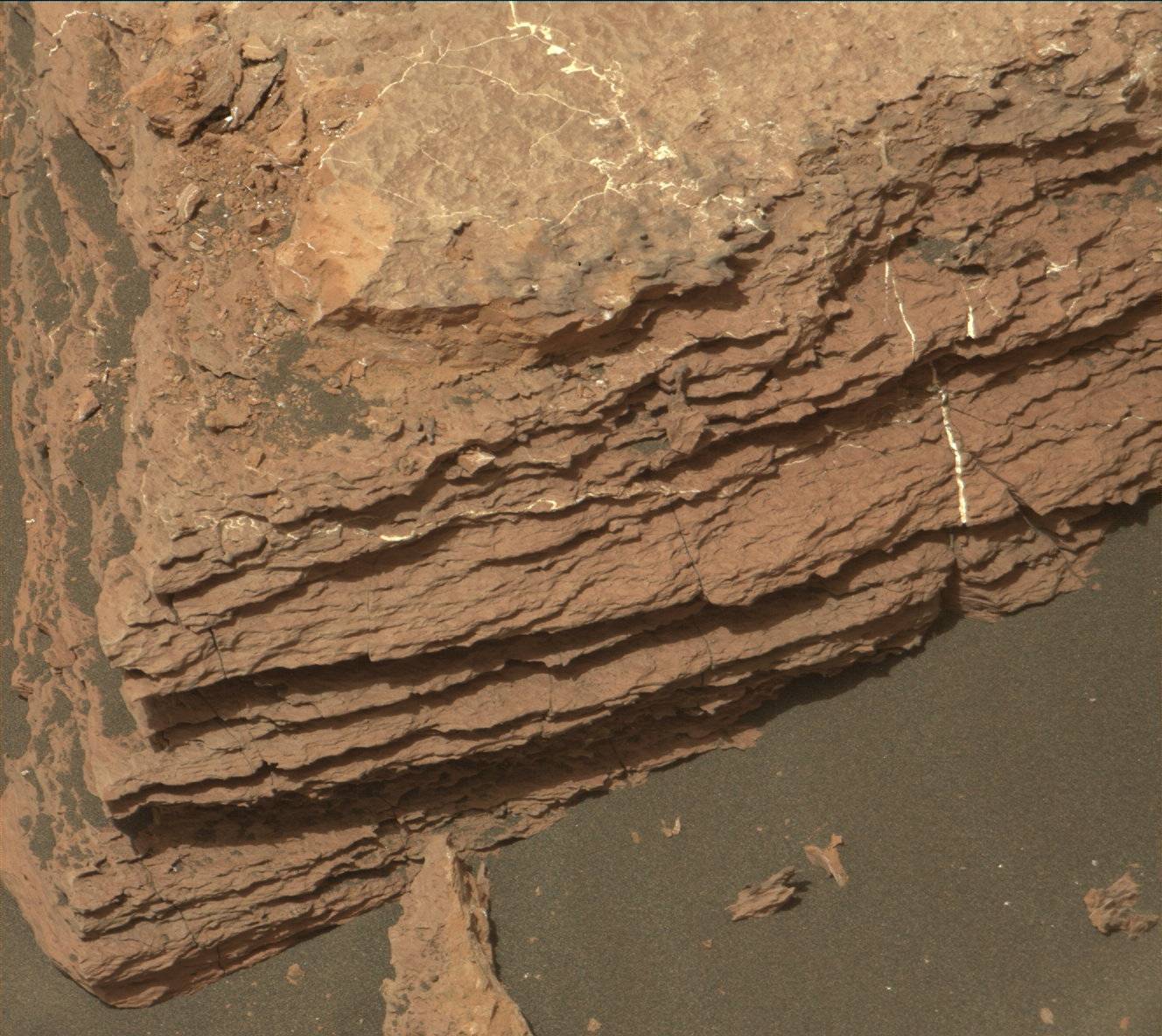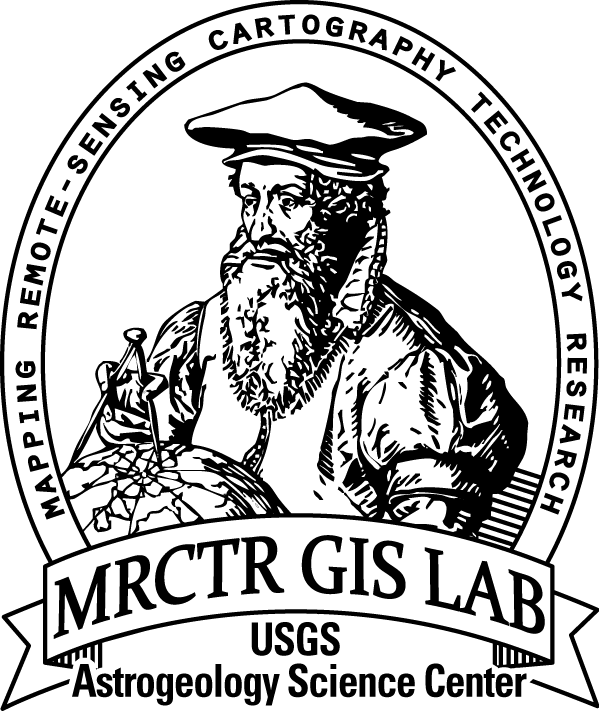Sols 1623-1624: MAHLI diagnostics and remote sensing
27 February 2017Today’s two-sol plan is devoted to MAHLI diagnostics and remote sensing. It’s another late slide sol, so planning started three and half hours later than usual. The plan kicks off with arm activities to better understand the fault that MAHLI experienced last week. Then ChemCam will investigate “Dunn Brook,” a target that is just above “Chase Brook” from the weekend plan, and is shown in the above Mastcam image. The target shows some interesting color variations so ChemCam will be used to investigate changes in composition. We’ll also acquire a ChemCam observation of “Leighton,” to study the coarse sand grains at the crest of a ripple. Then Navcam will look for dust devils and clouds, in response to orbital observations that suggest recent increasing atmospheric opacity. On the second sol, Mastcam will acquire a multispectral observation on “Dunn Brook,” and will be used to document the previous APXS locations at “Tomhegan” and “Waweig.” We’ll also acquire a Mastcam image for deck monitoring to assess the movement of fines, and an upper tier Navcam mosaic to enable us to target features on Mt. Sharp. The second sol includes a number of environmental monitoring observations, using both Mastcam and Navcam to monitor the color and opacity of the atmosphere and search for dust devils. The plan also includes an APXS thermal characterization test and a number of change detection observations.
For more on Curiosity’s recent findings, check out this press release.
By Lauren Edgar
--Lauren is a Research Geologist at the USGS Astrogeology Science Center and a member of the MSL science team.
Dates of planned rover activities described in these reports are subject to change due to a variety of factors related to the Martian environment, communication relays and rover status.











